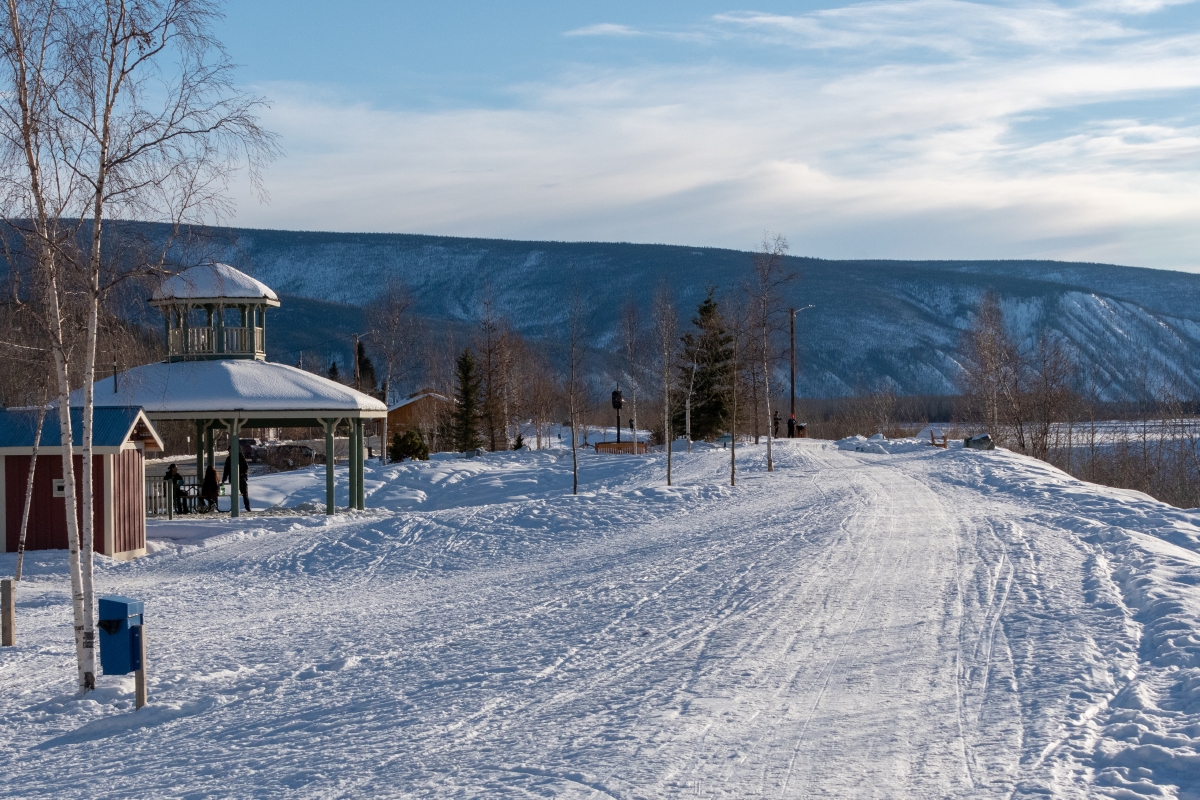
YukonformerlycalledYukonTerritoryandrefe…
View All
YukonformerlycalledYukonTerritoryandrefe…
View AllYukon formerly called Yukon Territory and referred to by some as the Yukon, is the smallest and westernmost of Canada's three territories. It also is the least populated province or territory in Canada, with a population of 35,874 people as of the 2016 Census. Whitehorse, the territorial capital, is the largest settlement in any of the three territories. It is wild, mountainous and sparsely populated. Kluane National Park and Reserve includes Mount Logan, Canada’s highest peak, as well as glaciers, trails and the Alsek River. In the far north is Ivvavik National Park, with protected calving grounds for Porcupine caribou. In the south are numerous glacier-fed alpine lakes, including boldly coloured Emerald Lake.
Yukon was split from the North-West Territories in 1898 as the Yukon Territory. The federal government's Yukon Act, which received royal assent on March 27, 2002, established Yukon as the territory's official name, though Yukon Territory is also still popular in usage and Canada Post continues to use the territory's internationally approved postal abbreviation of YT. Though officially bilingual (English and French), the Yukon government also recognizes First Nations languages.
At 5,959 m (19,551 ft), Yukon's Mount Logan, in Kluane National Park and Reserve, is the highest mountain in Canada and the second-highest on the North American continent (after Denali in the U.S. state of Alaska). Most of Yukon has a subarctic climate, characterized by long, cold winters and brief, warm summers. The Arctic Ocean coast has a tundra climate.
Notable rivers include the Yukon River as well as the Pelly, Stewart, Peel, White, and Tatshenshini rivers.